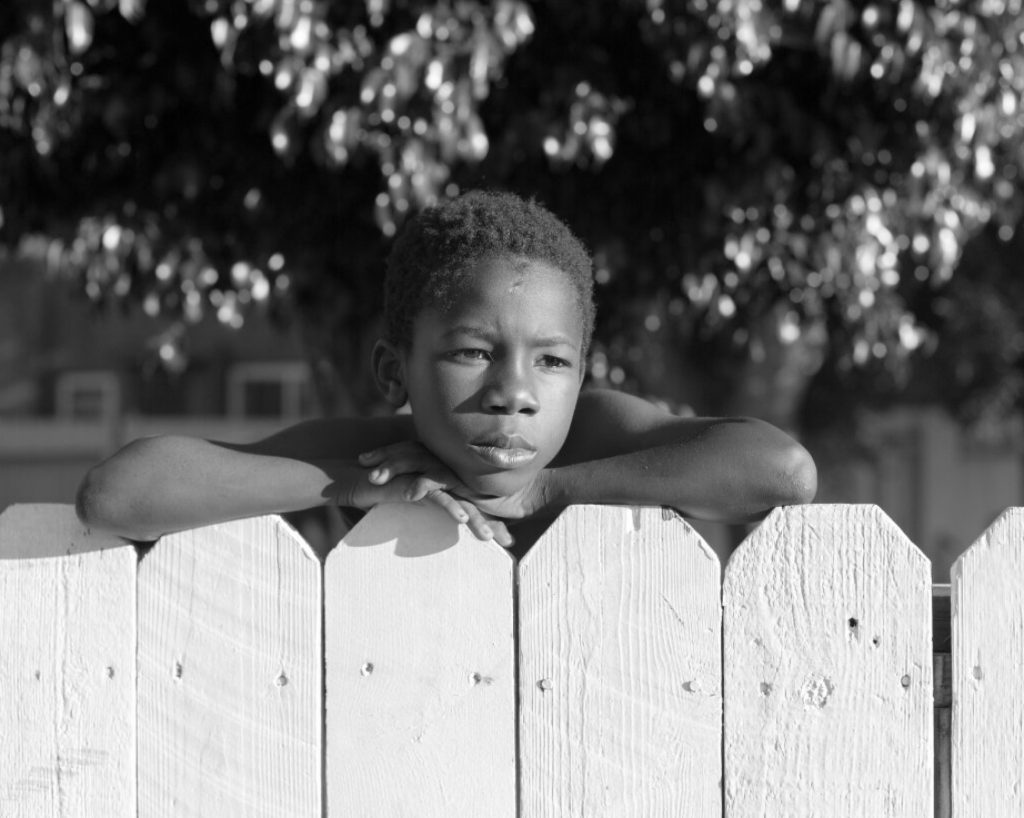Museum closures have had one fringe benefit: the plethora of virtual tours, podcasts, and live lectures that have sprung up in art institutions around the world.
In our own backyard for example, Santa Monica’s ROSEGALLERY is currently featuring a thought-provoking online exhibition called “This Seems A Home.”
“Where does it come from, this longing for home?” we’re invited to consider.
“As we all sit inside our respective spaces, waiting for this plague to pass, the question of home is both as apparent and as vague as ever. Even in our realms of usual comfort, an abundance of stagnant time can summon unease.”
The online space is presented as chapters (three as of this writing) in a book. Song lyrics, poems, prose extracts, and artist’s commentary augment the experience.
Chapter 1 features “Window Series,” a collection of digital collages from the Mexico City-based “young architecture office” PALMA. The goal is to explore “contrast in materiality in an abstract manner using texture.” At first glance, I thought, Right, and the result is Edward Hopper, stripped of humanity and heartbeat.
But wait! Upon closer inspection of one collage, I saw that on the roof of a blocky skyscraper, more or less identical to its neighbor, was a tiny figure, lounging in a round blue blowup pool.
Nearby, a blue towel was laid out for sunbathing. And the seemingly cookie-cutter roof was in fact surrounded by a white chain-link fence: a soulless fence to be sure but still a fence, clearly installed for the purpose of creating a safe, private space for the stray, questing human brave enough to find his or her way to the top of this particular world.
Similarly, lookalike tiers of windows in an apartment complex, when examined individually, were subtly different. Some sported window boxes, others curtains. In one room, a woman in orange pajamas stretched. Behind another, a man in shadow washed dishes before a sink.
Many of the collages featured a woman in bare legs, sandals, and a white shin-length garment that could have been a psych-ward bathrobe, a nun’s night tunic, or post-pool wear. Was she a convalescent, or a mystic?
The cultural and aesthetic homogeneity depicted in PALMA’S “Window Series” initially seems claustrophobic. But these young architects show us that life pushes inexorably through concrete, steel, and plastic: interposing itself; needing to eat, wash, ponder, exercise, and sleep; insisting, forever, upon color.
Todd Hido, Chapter 2’s artist, is a San Francisco Bay-area photographer whose lens seems to hover between 2020 and oh, say, 1840. His work graces both the lock and home screens on my phone: a vaguely sepia-toned print of a tall waving tree; the shore of a preternaturally blue lake, ringed with blurred pines.
Humans hover, if at all, far beyond, above or behind his frames. We enter a realm that is in the world, but not of it.
Hido’s photos here are all of homes, many of which seem to have been given a wash of acid, rust or dried blood. These are the places many of us left behind when we moved to LA from New Hampshire, or Kansas, or East Texas: flimsy walls, jerry-built roofs, shag carpet.
In one boxy dwelling, perched uncomfortably close to the adjacent graffitied yellow crosswalk, the light from a lower window is at once a benediction, a silent scream, and a plea. Is the person inside reading? Sleeping? Cleaning his or her gun?
Yet Hido’s work is never mean, never quite without hope. Always, a strip of mangy grass or a spindly Home Depot tree speaks of our longing for “nature.” Always, light filters through a pair of flammable drapes, or glows from a lone streetlight, or beams through a jaunty sliver of window visible from the street.
His photos manage to be beautiful, in that way that comes from the courage to look at the human condition head-on, coupled with love.
Kovi Konowiecki, a young photographer, is based in Long Beach. Two of the strongest images here are from “The Hawks Come Up Before the Sun,” a series exploring the lives of people of Riverside County, especially in small communities tucked behind the Morongo Reservation.
This harsh, aching landscape gives no quarter. “Meadows” is not a place you’d want to find yourself in after dark. “Split Trailer,” its backdrop the setting sun, inevitably evokes “A house divided against itself cannot stand.”
But let the last word go to “Boy, Fence,” 2019, from Konowiecki’s “Cherry Ave” series. Cherry Avenue is an important thoroughfare in the Long Beach neighborhood where the photographer grew up, and the image brings the sorrow and shame of racial injustice home in a way that no mere headline, video feed, and op-ed could.
It’s the clear light of day, noon maybe. A young African American boy, blurred shade tree in the background, rests his chin on his hands and leans over a white-slatted fence. Sturdy, shirtless, shining, he gazes somberly into the middle distance as if gauging his chances, weighing his risks, daring to hope for a future for which we seem not to have quite yet mustered the collective imagination.
A child, given into our collective care. A human being, of infinite gravity and infinite worth, to whom we are all answerable.
May the world ever more belong, and seem a home, to such as these.

